Sütlaç is one of my favourite Turkish desserts. Luckily it’s very easy to make at home! Here’s how to make the Turkish rice pudding sütlaç.
Ordering sütlaç in Istanbul is like Forrest Gump’s mother’s box of chocolates: You never know what you’re gonna get.
Sure, it’ll be a milky rice pudding. But how sweet will it be? It can range from the near unsweetened to the sickly sweet. And how’s it flavoured? With vanillin, rose water, or something else altogether?
Best then, to make it at home. Then you not only know what you’re gonna get. You get it exactly how you want it.
What is sütlaç?
Sütlaç is the name for Turkish style rice pudding. It consists of rice grains cooked in sweetened milk, which is usually served cold in individual clay pots. The levels of sweetness and the texture (firm or runny) may vary considerably depending on the cook’s preference.
There are two primary types of sütlaç.
By far the most common is what Turks call fırın sütlaç (lit: “oven sütlaç”). Here, the rice pudding is given a brief heat shock under the broiler, giving it a unique caramelised milk layer on top reminiscent of crema catalana. Since no extra sugar is added prior to caramelisation, however, the top doesn’t turn crispy, but deliciously caramelised and milky.
This style of Turkish rice pudding is always served in individual serving bowls. No topping is really required, but a sprinkly of crushed hazelnuts is common. I like using pistachios for their green colour. Sometimes I go crazy and add a few dried rose petals for decoration if the occasion is a little more special. They’re beautiful, and while edible, shouldn’t really be eaten.
Sütlaç can also be served plain, i.e. without the caramelised layer on top. In this case, just leave out the step which involves placing the rice pudding in the oven. This is more often served with toppings such as a sprinkling of cinnamon.
What is the difference between sütlaç and muhallebi?
Sütlaç is in fact one of the earliest recorded recipes, then known as sütlü aş. Back then, it was essentially what we today know as muhallebi (mahalabia in Arab speaking countries), with pounded rice used to thicken the milk.
Rice flour may still be used both in muhallebi and sütlaç. What distinguishes the two is that former is a uniform plain pudding, while the latter contains whole rice grains. As such, the rice is much more prevalent in sutlac than for muhallebi!
How to make sütlaç
Making Turkish style rice pudding couldn’t be simpler. All you need to do is cook the rice in plenty of milk, sweeten it, thicken it slightly and – if you like – caramelise the top. Simple though it may be, there isn’t one agreed-upon recipe to rule them all.
The amount of rice can vary quite significantly according to preference. Some like it more akin to a cold rice porridge, whereas others prefer a milky dessert with a few rice grains in it. Turkish baldo rice is great for this, but risotto rice also works really well.
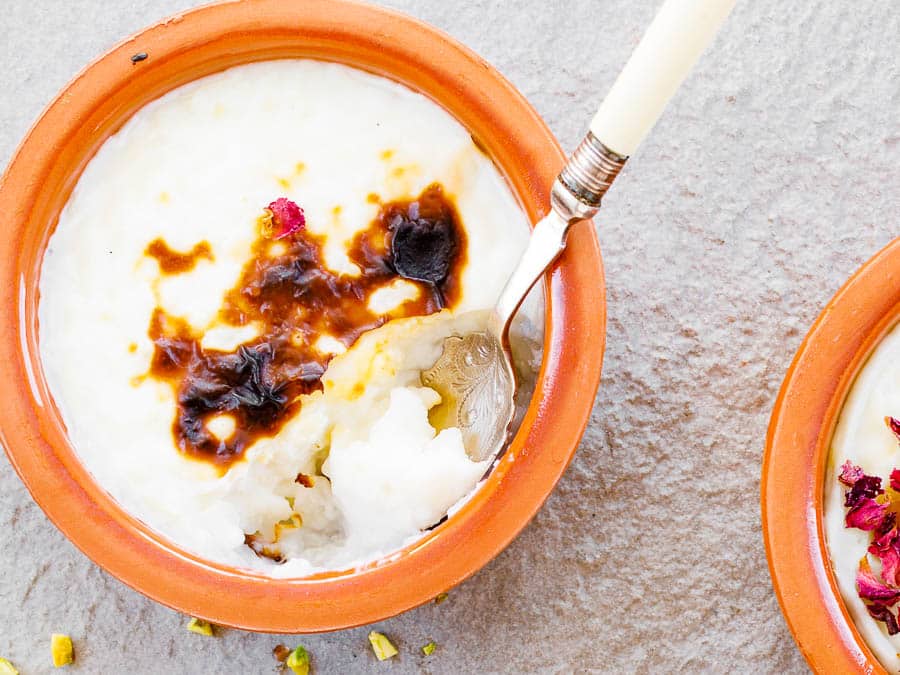
While sütlaç is usually thickened by adding starch, some are happy with only the naturally thickening from the rice itself. It’s common practice, however, to add corn or wheat starch to thicken the pudding, though some argue that only rice flour can be considered authentic. (Yet others will argue that only pounded whole rice grains can be authentic.)
Personally, I opt for corn starch, as it’s easily available and yields a delicious texture that I like, while imparting virtually no flavour.
As mentioned several times already, the amounts of sugar may vary substantially depending on preference. Being Northern European, I prefer mine on the less sweet side. Feel free to add more if you have more of a sweet tooth than me.
Finally, while sütlaç is first and foremost a milky rice pudding, some like to add a touch of additional flavouring. I like rose water, and add just enough to give a few floral undertones without overtaking the delicate flavours of the rice pudding itself. This is optional.
In Turkey, it’s common to add vanillin. If you want to go down that route instead, I recommend using vanilla extract or the seeds from half a vanilla pod instead for considerably better flavour.
How to serve Turkish rice pudding
Sütlaç is usually served at the end of a meal, and is widely available in home-style cafeterias across Turkey. It’s also available in many patisseries.
It’s best served alongside a generous cup of Turkish tea (or any black tea of your preference). You can sprinkle it with nuts, though I often prefer it served just as-is.
The recipe serves 4-6, depending on the size of your serving dishes.
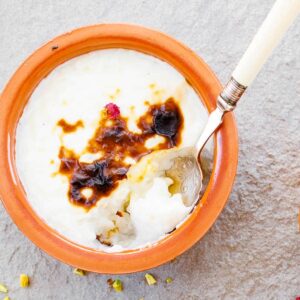
Sütlaç – Turkish rice pudding
Ingredients
- 80 g rice (short or medium grain), e.g. baldo or arborio
- 200 ml water
- 1 l whole milk
- 100 g sugar
- 45 g corn starch
- 2 tsp rose water
- 1 handful pistachios (unsalted), chopped, to garnish
How I make it
- Place the rice and water in a thick bottomed pot. Bring to a boil, then leave to simmer, stirring occasionally, until the water has almost evaporated, 10-15 minutes.
- Add all but a few tablespoons of the milk. Bring carefully to a boil, then leave to simmer over a low heat until the rice is completely soft, 20 minutes or longer, depending on the type of rice used. At this point it will look like there is far to little rice in the pudding.
- Add the sugar and stir well.
- Mix the corn starch with the remaining few tablespoons of milk. Add to the pot, stirring vigorously and constantly until completely mixed. Keep at a simmer while constantly stirring for 5 minutes. This will give the pudding enough time to thicken, and ensure there won’t be any flavour left from the corn starch.
- Take off the heat and add the rose water. Stir well, then transfer to 4-6 serving dishes.
- Switch on the broiler of your oven. Place the individual serving dishes high in the oven (i.e. just below the heat source) and leave until the top is caramellised. This won’t take long and you need to watch constantly – you want the surface to bubble up and caramellise, not burn.
- Leave to cool, then cover and transfer to the fridge for at least 4 hours. Serve cold, garnished with pistachios or dried rose petals.
Tips & notes
You can skip the broiling. While it adds a unique look and flavour, the dish is also sometimes served without the caramelised top.


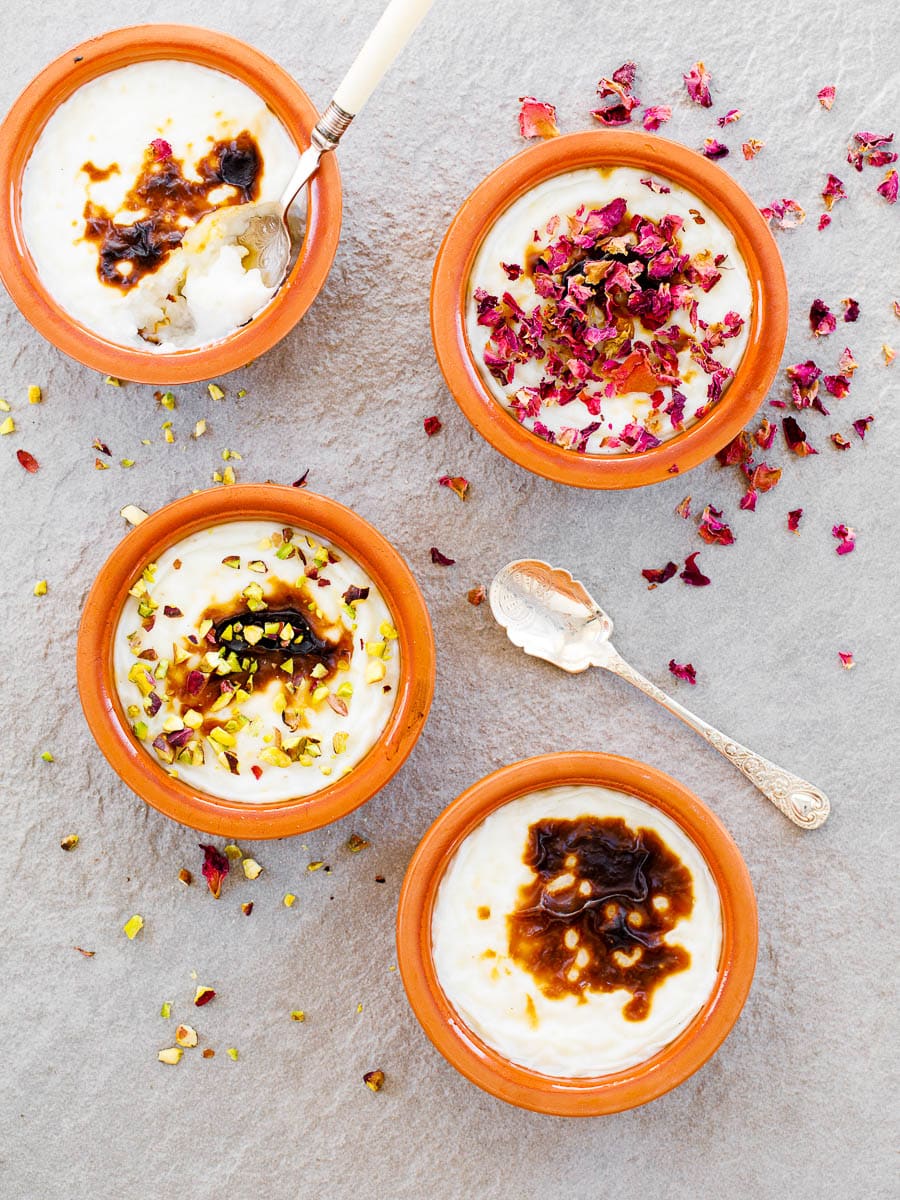
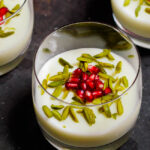

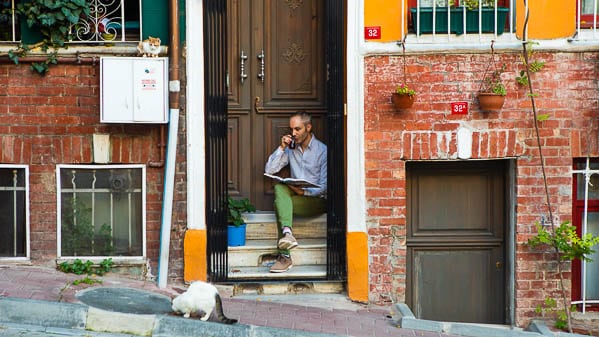
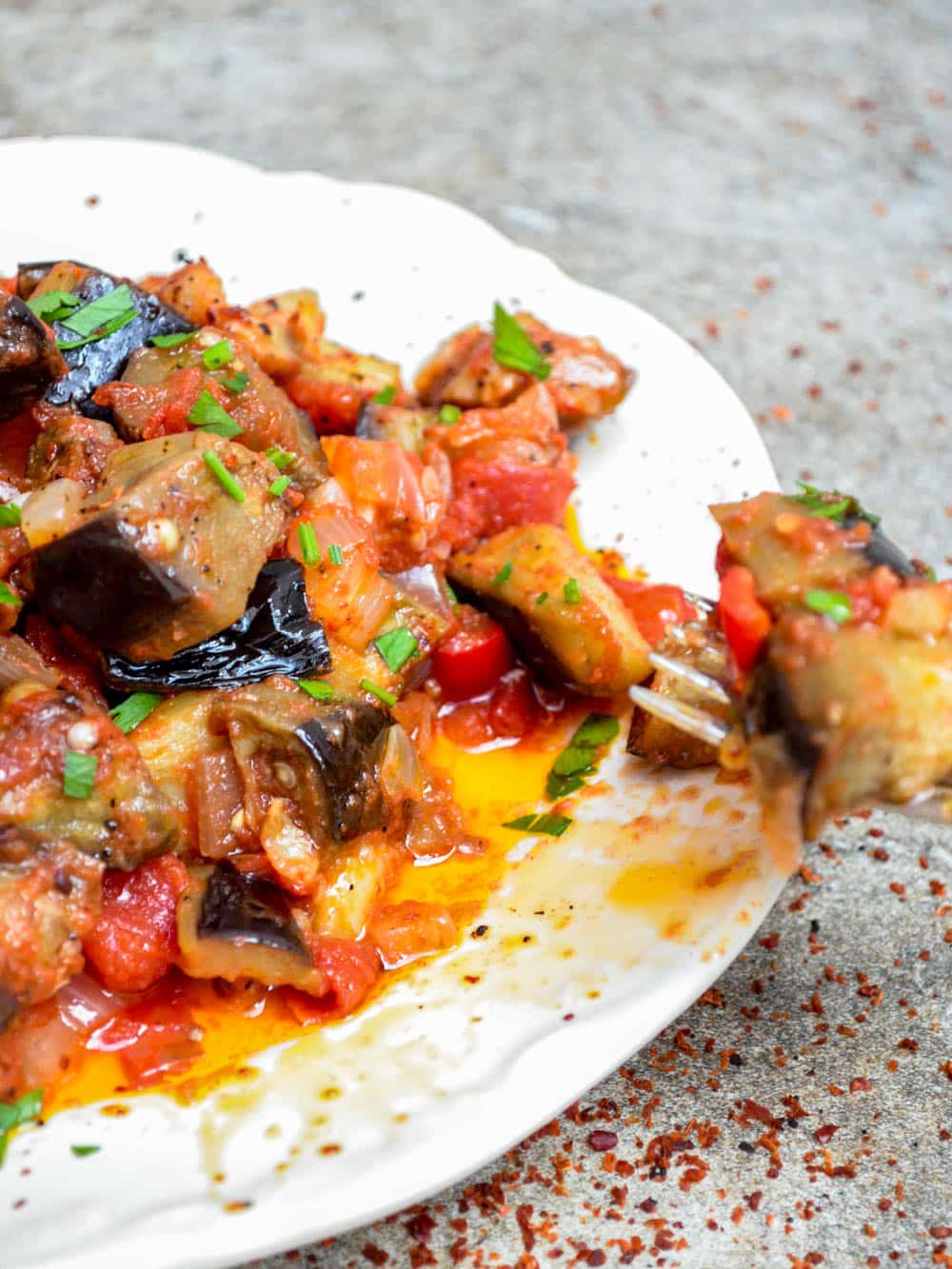
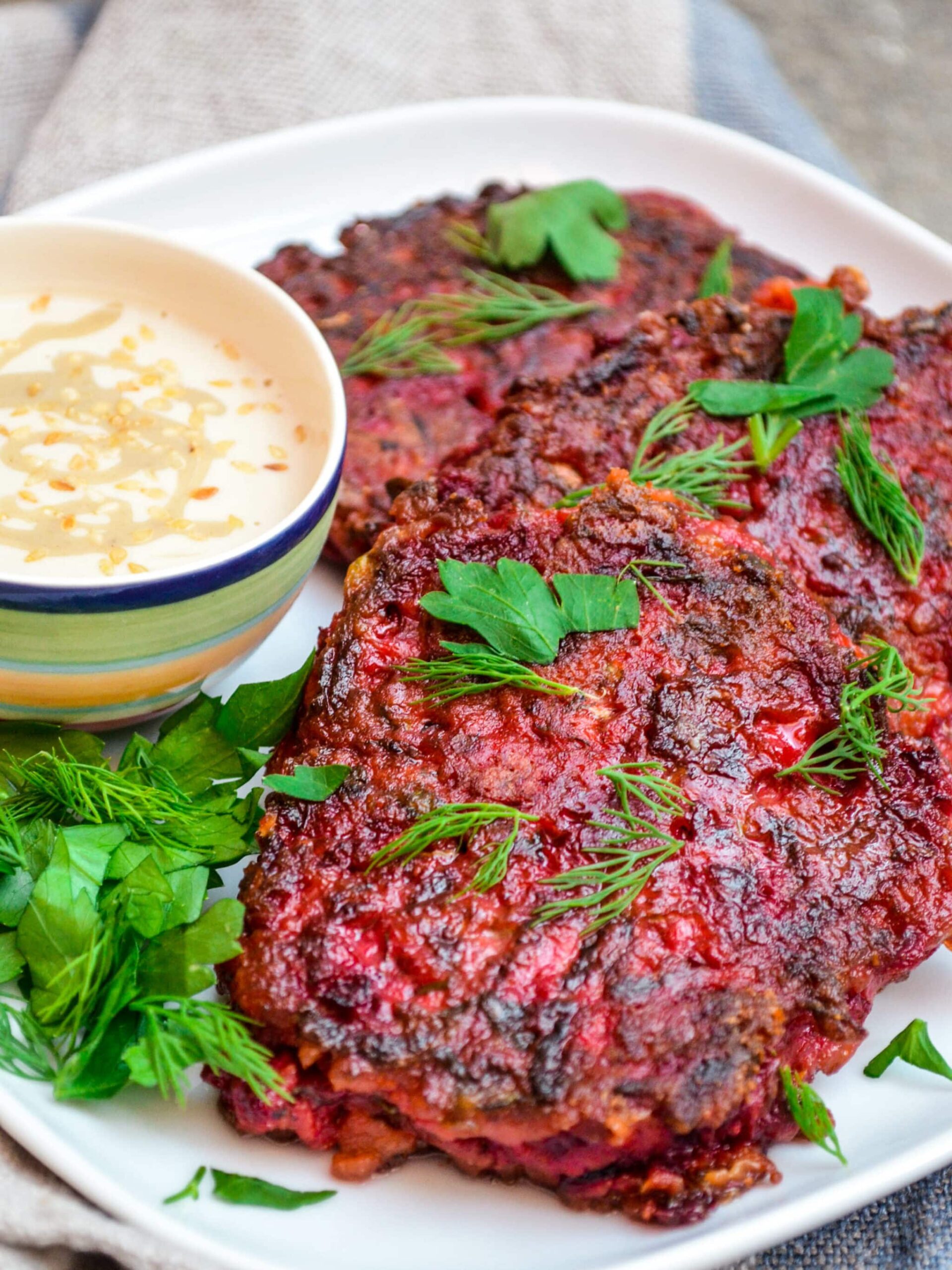
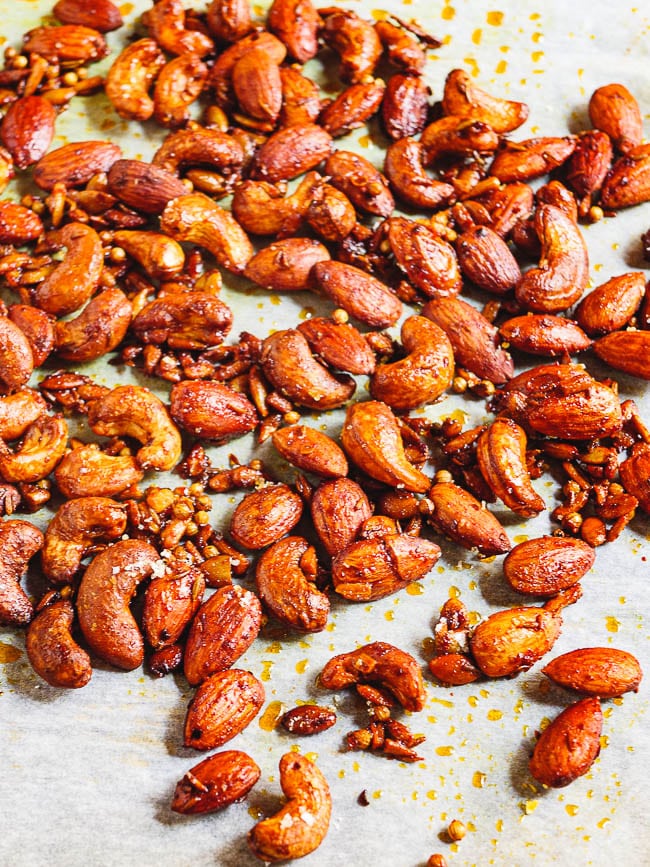
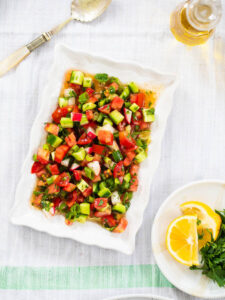
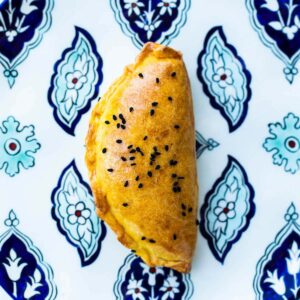

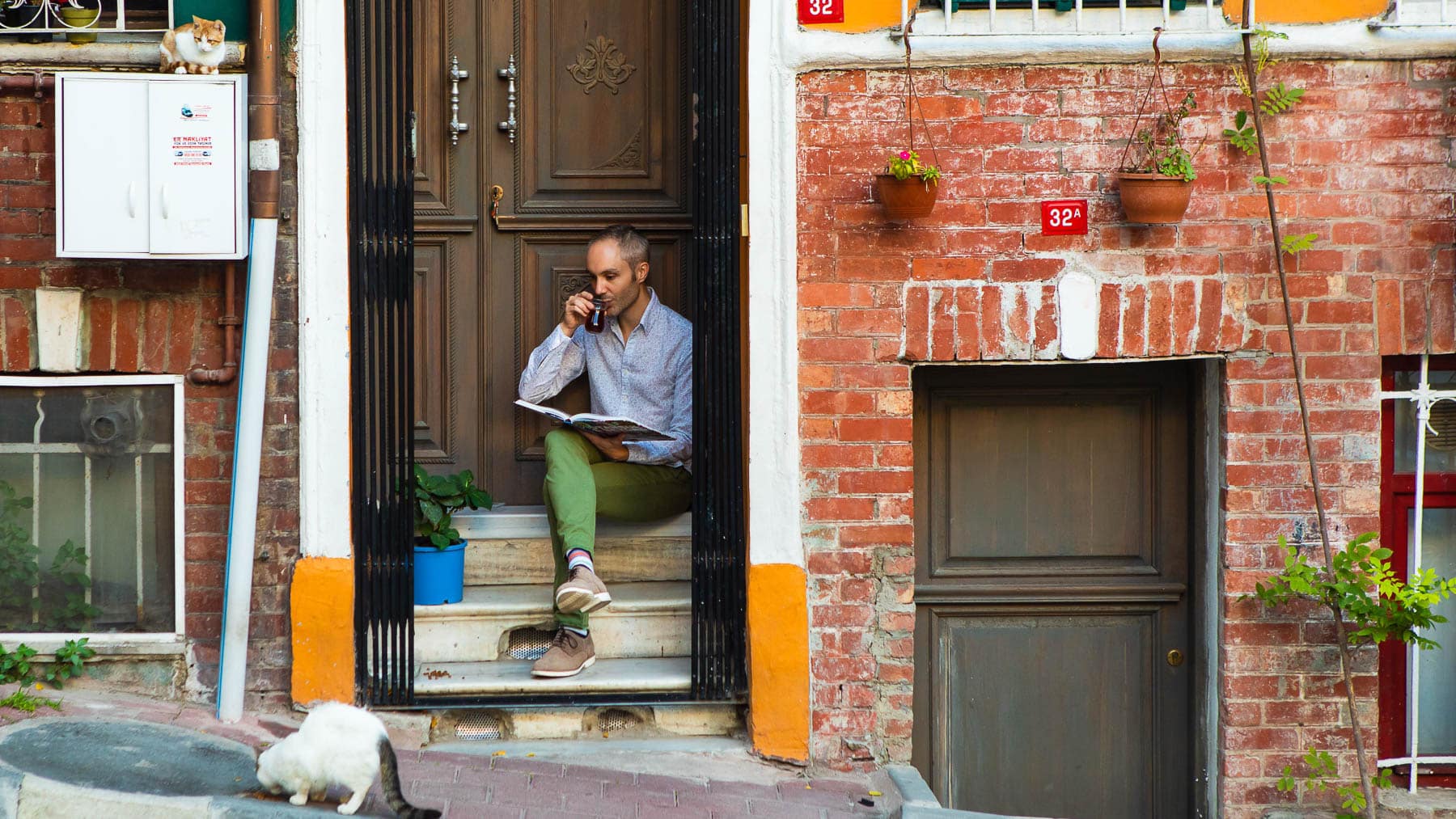



One Response
Good recipe🤗🤗
Thanks